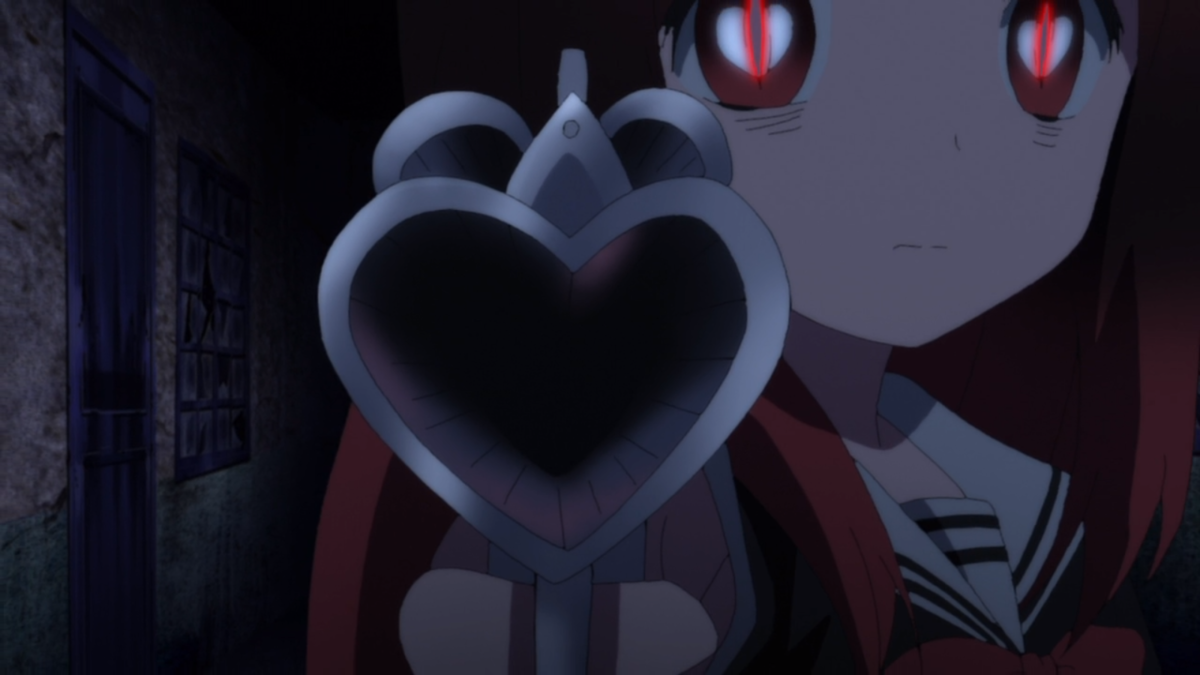Rumiko Takahashi is, after CLAMP, probably the most prolific woman in manga. In the U.S., she’s probably best known for Ranma 1/2 or Inuyasha, but I think her seinen comic Maison Ikkoku will always be her masterpiece.
I discovered this title several years ago while browsing the Shady Bookstore Down the Street, which was a short walk away from where I used to live in Utah. It was the kind of little store where you could pick up any number of unexpected literary gems, manga, Z-grade Kung fu movies, and Wiccan paraphernalia. It’s thanks to that bookstore that I own the first volume of the lovingly drawn and criminally obscure comic Cadillacs and Dinosaurs and the special edition of the uneven but fantastically imaginative comic The Sacred and the Profane, and have seen Super Dimension Fortress Macross in the original Japanese.
While I was hunting through the manga one day, I picked up an old, flopped volume of Maison Ikkoku that presented a selection of chapters out of order. I read that one volume probably a dozen times and knew I wouldn’t be satisfied until I had the whole series. The entire run was released, in the original right-to-left format, by Viz Media in 2003. I found the bulk of the series on Amazon and then acquired the missing volumes from questionable, don’t-call-us-we’ll-call-you booksellers.
I waited until I had all of it and then binge-read the entire thing on a Saturday in about thirteen hours. I laughed, I cried … it moved me, Bob.
The manga was originally published in 1984, which makes it ancient according to the short memories of weeaboos. It takes place in a run-down tenement house based on a real place where Takahashi lived while going to college. Her original plan was to make this a round of stories focusing in turn on the various quirky residents. However, she kicked off the manga with the tale of a luckless college student who falls hopelessly in love with the tenement’s widowed manager. Takahashi soon found that this was all her fans were interested in, so she retooled the series as a romantic comedy focusing on the fumbling Yusaku and the beautiful but hot-tempered Kyoko, with the rest of the residents as assisting characters.
The result is one of the best romantic comedies of all time, that happens to be a comic book. Yusaku Godai is a more-or-less standard loser hero, the kind who tries his darnedest and still ends up humiliated, in public with no pants (or similar). Kyoko is yet another version of one Takahashi-sensei’s favorite character types, the stubborn woman who won’t admit her feelings for the male lead but still goes ballistic if she sees him getting within ten feet of another girl. Takahashi’s huge body of work, which almost always contains some variation of this pairing, is probably largely responsible for shaping and popularizing the “tsundere” in manga and anime. Her romantic pairings are so consistent in formula that there is an entry for “Takahashi couple” over at TVTropes.
Maison Ikkoku showcases all of Takahashi’s strengths with none of her usual defects. She tends to pile on extra characters in her series and then forget about most of them, a frustrating habit that fans came to call “Takahashi character death,” where characters would disappear without explanation, their subplots forever unresolved. Although Maison Ikkoku has a large cast and a lot of subplots, Takahashi remembers everybody and wraps up everything, and she does it in only fifteen volumes—which is a very short series for her. Although there are a lot of over-the-top antics in this series, the real-world setting and the target audience of adults required Takashi to bring her A-game: The characters are more realistic and less cartoonish than her usual, and their motives more believable: Yusaku is immature and lazy; Kyoko is still in love with her late husband.
Personally, I usually enjoy a Takahashi title for about four volumes and then lose interest. This is because she sets up the main plot arc and the most important characters in the first four books, and then coasts. The first volume of Ranma 1/2 is almost perfect as a graphic novel, and after that I can take it or leave it … and then when Happosai shows up, I leave it for sure, because I can’t stand it anymore. Inuyasha starts as a beautiful, bloody epic, but eventually falls into the standard shounen rut of fight-powerup-repeat. Maison Ikkoku, however, maintains its initial energy through its entire run. If anything, it improves over time, growing more serious as Yusaku has to move from being a college slacker to a productive adult if he’s ever to make anything of himself and win the woman he loves.
The setting in the early ’80s also helps the plot a good deal. I sometimes believe that modern information technology is antithetical to drama—and comedy. Just as Hollywood used to make romantic comedies surrounding the inconveniences of party lines, many of the shenanigans in Maison Ikkoku are driven by the fact that the tenement building has only one phone, which happens to stand next to the apartment of the biggest gossip.
Anyway, I love it, and it’s just as poignant, just as gut-bustingly funny, on subsequent readings as on the first. In the world of manga, this is my all-time favorite.













